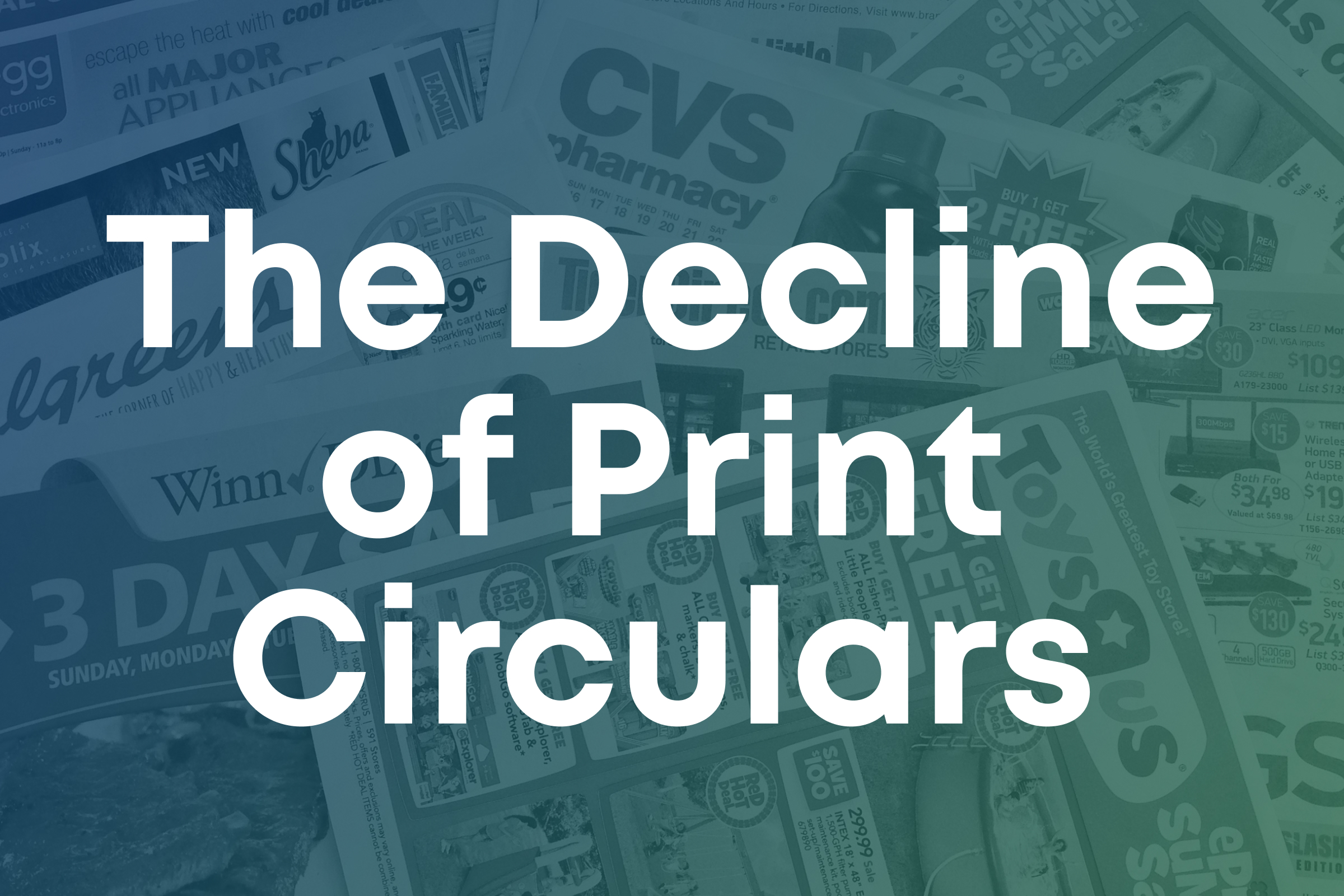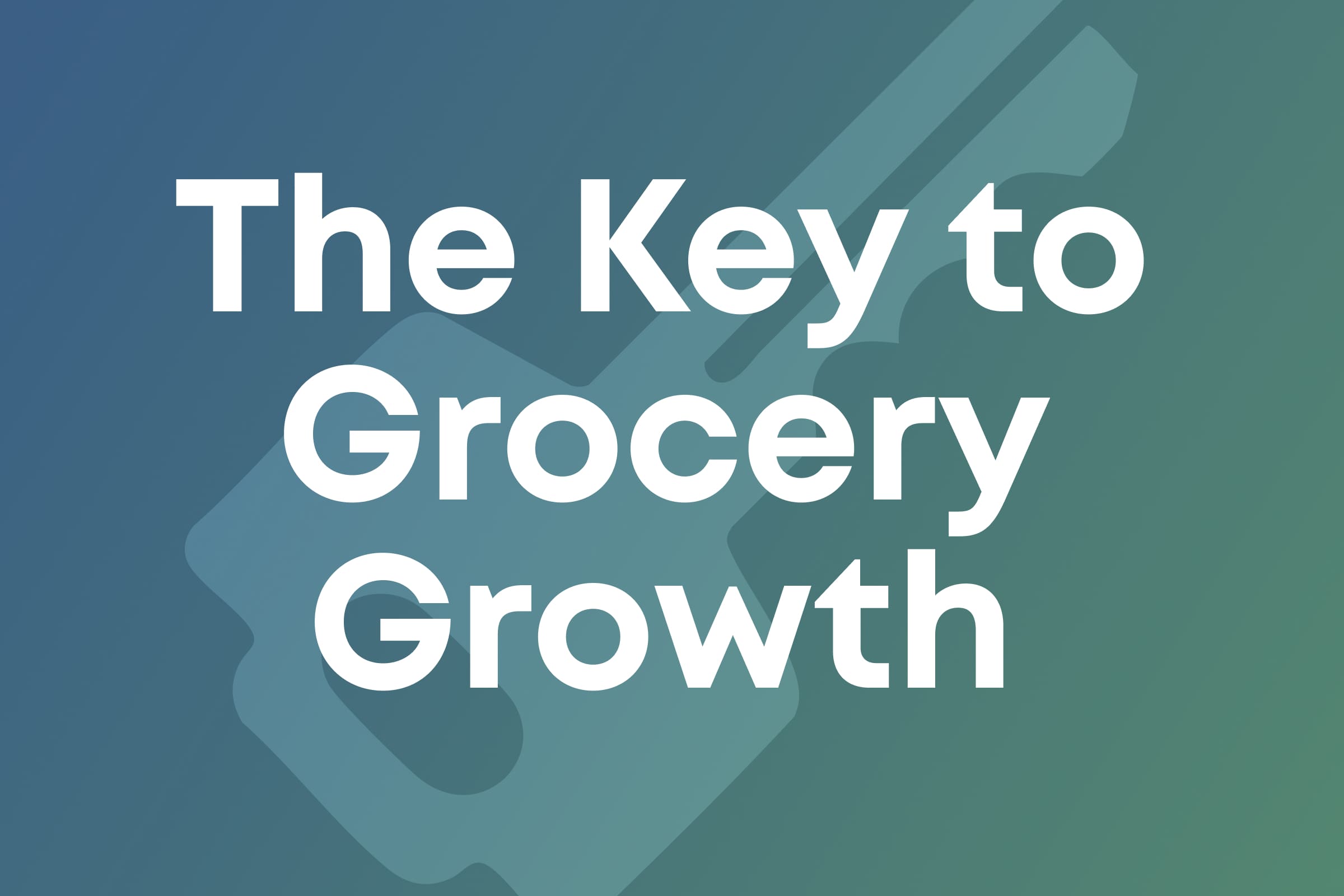How to Build a Winning Omnichannel Strategy
Sean Turner
Once upon a time, a retail website was like the field of dreams: build it and they will come. As the internet and websites evolved over the years, retailers have adapted their strategies to meet ongoing shifts in consumer behavior as well as new technology trends. Going beyond adding a Facebook profile here, an Instagram account there, or implementing new e-commerce options to their websites, retailers are exploring various omnichannel activities that connect the digital and in-store shopping experiences. However, delivering a seamless, connected, and personalized experience to customers wherever they engage can be a challenge, unless a proper strategy is in place.
Omnichannel services have grown to include retail mobile applications, digital signage, and connected TVs — and with good reason. More channels — and omnichannel shoppers — equal more avenues to generate retailer revenue.
The numbers speak for themselves:
- 250% more store trips
- 13% bigger baskets
- 90% higher customer retention
- 30% greater customer lifetime value
.png)
Not surprisingly, larger retailers have gone “all in” on omnichannel shopper marketing — but, as you’ll see, there are ample opportunities for smaller brick-and-mortar retailers to merge the physical and digital shopping experiences as well.
What Is an Omnichannel Strategy?
Traditionally, a single retail channel existed: the physical store. Then, online shopping debuted. Rather than having multiple disconnected channels online and offline, a true omnichannel strategy connects the dots across the retailer’s digital and physical presence.
Across channels, brands should maintain consistent:
- Branding — colors, logos, tagline, imagery
- Content — campaign messaging and promotional offers
- Login — reward program information, saved lists, and shopping carts
- Inventory — real-time updates, personalized substitutes
- Customer service — cross-channel support
With a central digital retail platform and a fully-integrated experience, you drive greater value for your customers — and your bottom line. Retailers with strong omnichannel customer engagement see 9.5% year-over-year revenue increases, compared to 3.4% for retailers who haven’t adopted an omnichannel strategy yet.
The Growth of Omnichannel Marketing
Growth trends in omnichannel strategy indicate that it’s an important competitive investment.
- In 2021, 42% of retailers prioritized “improving omnichannel communications” to establish more meaningful relationships with customers.
- Retailers planned increased investments in e-commerce (64%) and mobile (54%).
It’s not just on retailers’ minds, either.
- Fifteen years ago, the average customer used two touch points. Today, sales take six touch points and 50% of shoppers use more than four touch points across channels.
- 88% of Gen Z customers expect brand experiences to include digital and physical.
- Google found 80% of in-store visits are driven by omnichannel shopper marketing.
Omnichannel: A Short-Term Investment for Long-Term Gain
Positioned to win, omnichannel retailers:
- Create a competitive advantage to e-commerce and other physical stores
- Provide a better shopping experience that results in greater retention and satisfaction
- Generate higher customer loyalty and lifetime value
- Increase opportunities for better data collection and personalization
Walmart Shows How an Omnichannel Strategy Drives Value
Since 2015, Walmart has invested more than $1.2 billion into delivering a seamless omnichannel shopping experience at scale. The retail giant has doubled its revenue since then—which is hardly a coincidence. After expanding online grocery pickup services, Walmart found that people who place their orders online spend 50% more on average than in-store shoppers. The company installed geofences to make order pickups more automated and upgraded their retail app with the ability to scan and save items to a wish list. Investing in making it “fast and easy” to shop with Walmart—whether online, in-store, or both—has paid off with e-commerce sales increasing 74% during the pandemic, surpassing eBay for the first time. Despite inflationary pressures and a looming recession, Walmart continues to post year-over-year growth.
Key Components of a Winning Omnichannel Strategy
Seek to Understand the Target Customer
Research your audience across channels to thoroughly understand their pain points, wants, needs, and behaviors. Learn about the latest industry trends. This knowledge will help you assess your capability gaps and prioritize investments.
Identify the best channels
Start small and plan for long-term, holistic transformation. Which channels are your customers using, and how do they use them? If you have a retail mobile application, you don’t need to reinvent the wheel, but instead you might consider:
- Phase 1: add rich product descriptions, a store locator, or a shopping list feature.
- Phase 2: integrate a shopper loyalty program and add digital coupons into the app.
- Phase 2: roll out advanced features: click-and-collect, mobile checkout, and retail media.
Implement Technology to Engage Customers across All Relevant Channels
Ensure consistent branding across every touchpoint, aligning the design, navigation, and user experience. Another way you might achieve consistency is by adding a retail media network onto your website and retail mobile application, which provides space for the brands you carry to display advertising and promotional offers.
Embrace Social Media Shopping
Integrate social media into the brick-and-mortar experience by allowing shoppers to purchase directly through their preferred social platform and contact seamless customer service there as well. With any luck, you may even get a nice referral, review, or social share as a reward.
Provide WiFi in Brick-and-Mortar Stores
A recent survey found that two-thirds of shoppers use smartphones in-store.
Mobile shoppers may:
- Look at your retail mobile application or website for information
- Access a digital loyalty card, circular, or coupon
- Scan a QR code
- Compare prices
- Read reviews
- Buy online
- Use contactless pay
Providing free in-store Wifi shows customers your commitment to an omnichannel experience, while allowing the opportunity to interact with mobile shoppers in real-time as they’re browsing.
Offer Free, In-Store Pick-Up
In 2020, US shoppers purchased nearly $70 billion worth of goods online for later store pickup, accounting for 10% of all e-commerce sales. Many consumers made their first online purchases during the pandemic, but 50% plan to continue buying online and picking up in-store frequently; 56% of those surveyed used click-and-collect more than six times in the past year. Whether for time savings or convenience, curbside and in-store pickup is here to stay, considering that 70% of consumers say the service improves their shopping experience.
Ready to Deliver a Better Omnichannel Experience?
Swiftly partners with brick-and-mortar retailers to build a digital retail platform that generates revenue through e-commerce, CPG advertising, loyalty programs, and value-adds. After a one-time investment in our award-winning technology, we can offer ongoing support to take your omnichannel marketing further.
Contact our team to learn more.




